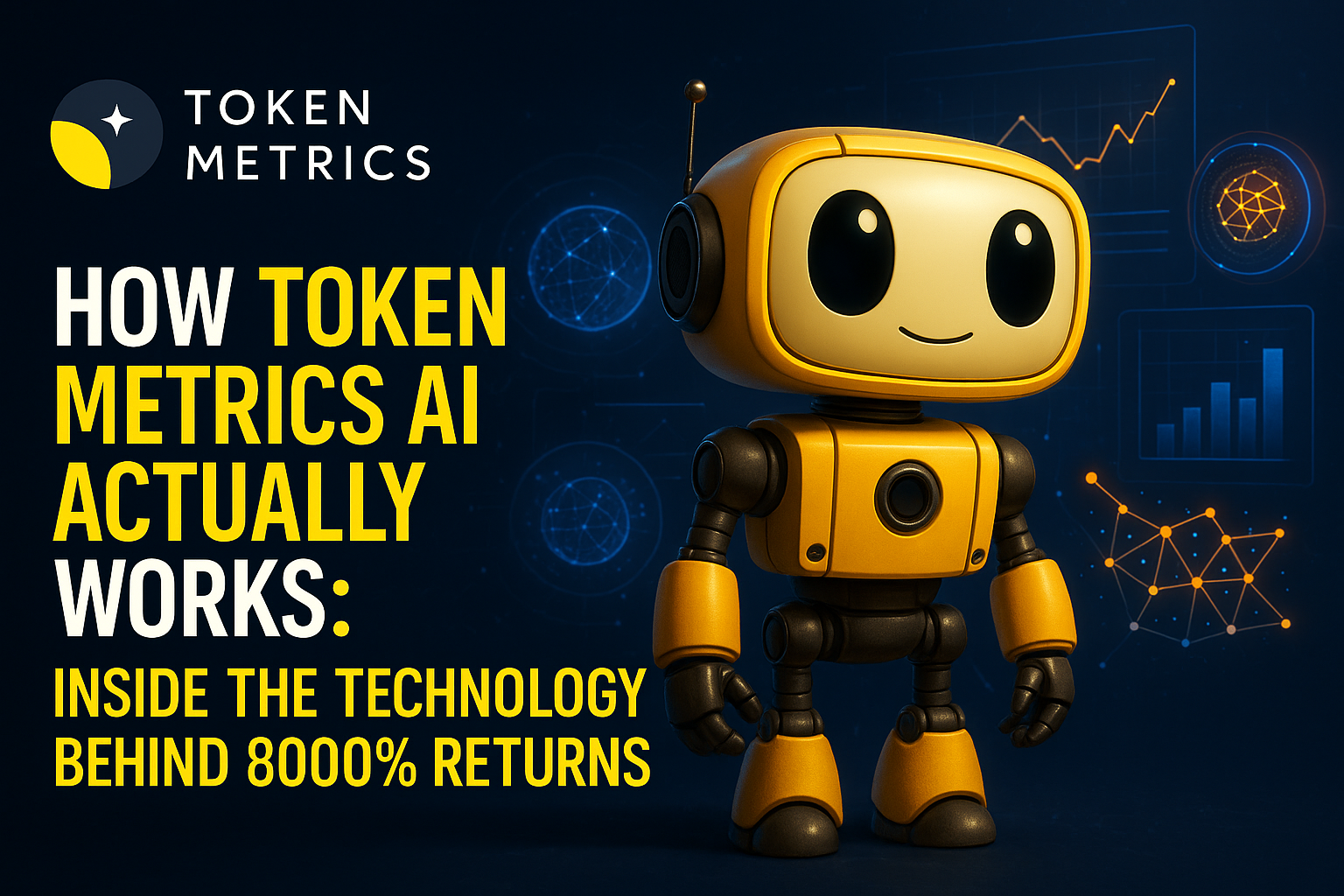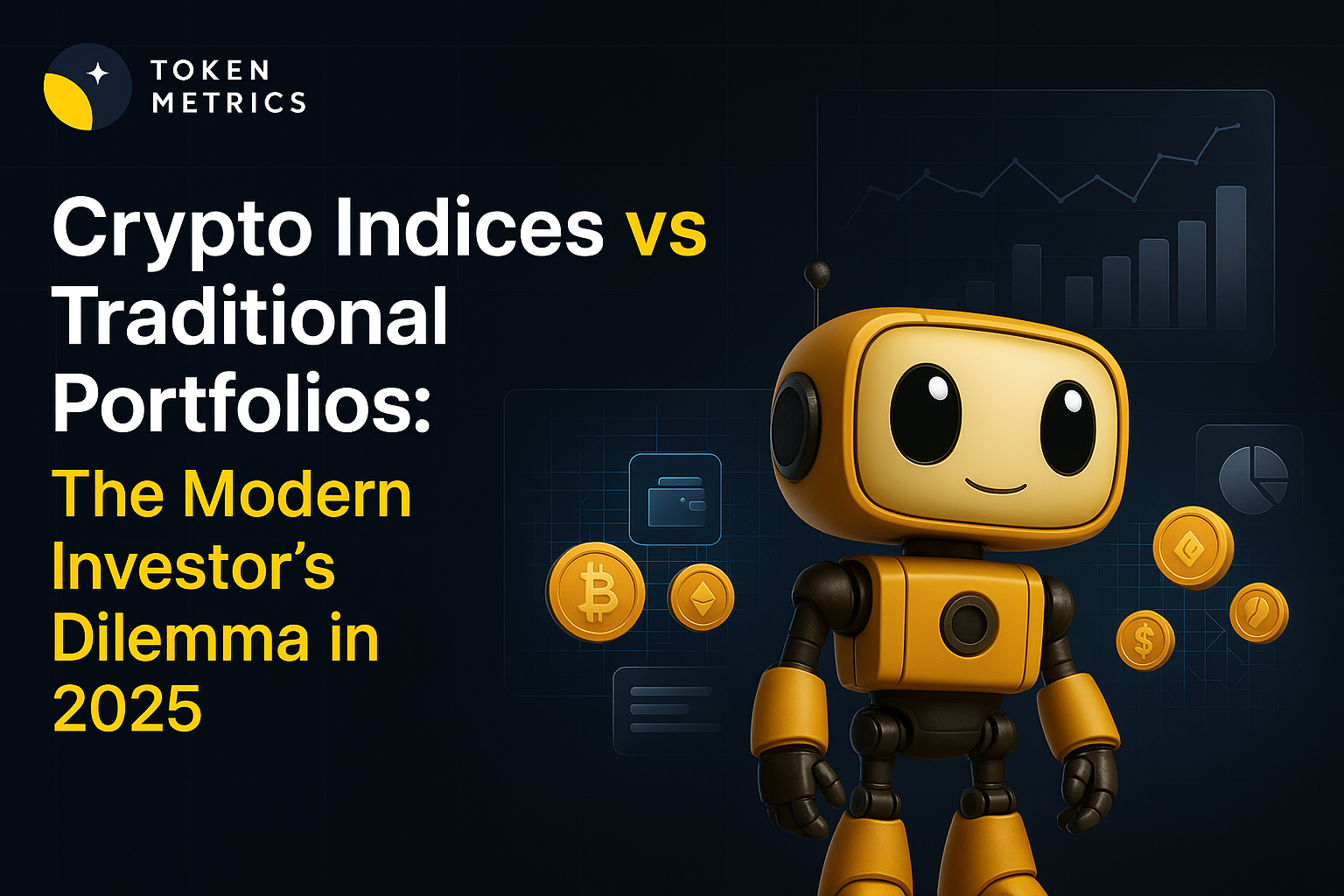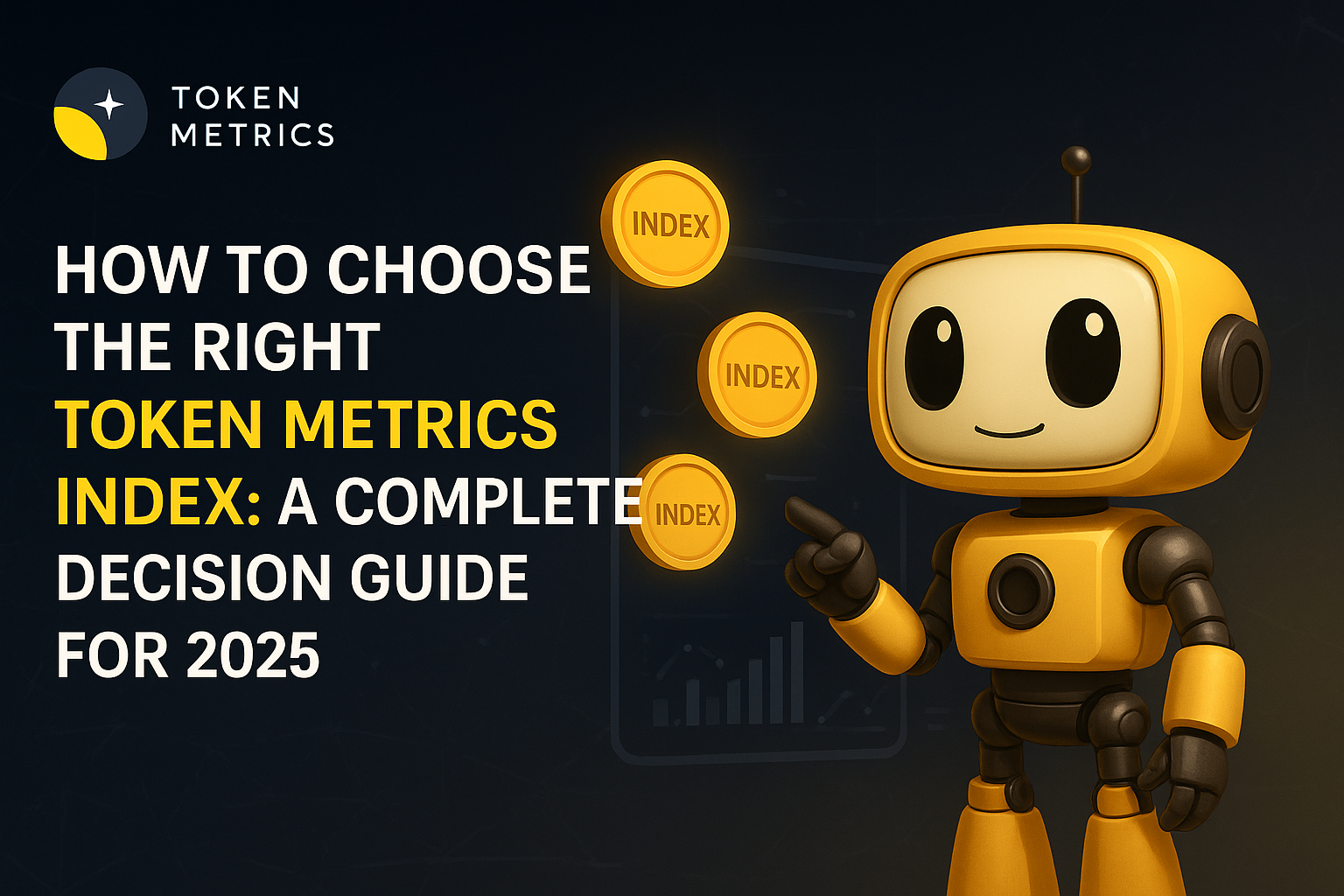
Coinbase Base App Revolution: Why This Crypto Super App Could Change Everything

The cryptocurrency industry is witnessing a paradigm shift as major exchanges race to build comprehensive "super apps" that consolidate trading, social features, and DeFi into single platforms. Leading this revolution is Coinbase's Base app, a ambitious project that could redefine how users interact with crypto.
What is the Base App?
The Base app represents Coinbase's vision of a crypto "everything app" – think WeChat for the blockchain era. Built on Coinbase's Layer 2 solution, Base, this platform integrates multiple crypto functions into one seamless experience:
Core Features
1. Centralized & Decentralized Trading
- Full Coinbase exchange access
- Integrated DEX trading (Aerodrome, Uniswap, others)
- Real-time price discovery across venues
- Professional trading tools for retail users
2. Social Creator Economy
- Zora-powered social feeds
- Creator coin monetization
- Weekly reward distributions
- Direct creator-to-fan interactions
3. Mini App Ecosystem
- Farcaster-powered applications
- Gaming and entertainment
- DeFi protocol interfaces (Morpho, others)
- Developer-friendly SDK
4. Integrated Payments
- Base Pay for USDC transactions
- Merchant integrations
- Cross-border payments
- Traditional payment rails bridge
The Technical Foundation: Farcaster Integration
What is Farcaster?
Farcaster serves as the technical backbone for the Base app's social and mini-app functionality. As a decentralized social networking protocol built on Ethereum, Farcaster enables:
- Decentralized Identity: User-owned social graphs
- Mini App Development: Easy-to-build social applications
- Creator Monetization: Native token and NFT integration
- Censorship Resistance: No single point of control
Developer Opportunities
The Base app ecosystem presents significant opportunities for developers:
Mini App Development:
- Low barrier to entry with comprehensive SDKs
- Built-in user base through Base app distribution
- Viral potential through social integration
- Multiple monetization options
Success Stories:
- ZORA: Creator coins and content monetization
- BankerCoin: Trading and transaction automation
- Noice: Micro-tipping and creator coin distribution
- QR Coin: Dynamic billboard advertising through QR auctions
- DeFi Interfaces: Direct protocol access within the app
Market Impact: The Exchange Wars
The Race for Exchange Blockchains
Multiple major exchanges are pursuing similar strategies:
Coinbase (Base):
- First-mover advantage in US market
- Strong regulatory compliance
- Institutional trust and backing
OKX (X Layer):
- Recent 100%+ pump in OKB token
- Focus on Asian markets
- Advanced trading features
Binance (BNB Chain):
- Established ecosystem with largest user base
- Strong international presence
- Comprehensive DeFi integration
Kraken (Inc L2):
- Traditional finance integration
- Professional trader focus
- Regulatory compliance emphasis
Token Economics and Valuations
The exchange blokchain trend is driving significant value creation:
BNB Example:
- Market cap: ~$100 billion
- Exceeds Coinbase's equity valuation (~$84 billion)
- Demonstrates token premium over traditional equity
Implications for Coinbase:
- Potential Base token could double company's valuation
- Regulatory clarity improving launch prospects
- Investor pressure mounting for tokenization
Why the Base App Could Win
Unique Advantages
1. Regulatory Clarity
- US-based with clear compliance framework
- Trump administration crypto-friendly policies
- Established relationships with regulators
2. User Experience Focus
- Mobile-first design philosophy
- Intuitive interface for crypto newcomers
- Seamless onboarding from traditional finance
3. Ecosystem Integration
- Direct fiat on/off ramps
- Credit card integration
- Traditional payment methods
4. Developer Support
- Comprehensive documentation
- Active developer community
- Regular hackathons and boot camps
- Financial incentives for builders
Network Effects
The Base app is designed to create powerful network effects:
- More users attract more developers
- More apps provide more utility
- More utility drives more user adoption
- More adoption increases token value and ecosystem rewards
Investment Opportunities
Direct Plays
Aerodrome (AERO):
- Primary liquidity provider for Base
- Direct integration benefits
- Lower market cap than competitors
- Significant upside as Base app scales
Farcaster Ecosystem:
- Potential token launch expected
- $180M raised in funding
- Critical infrastructure provider
- Mini app revenue sharing potential
Indirect Beneficiaries
Zora (ZORA):
- Social layer integration
- Creator economy infrastructure
- NFT and creator coin platforms
- Growing adoption metrics
Base Ecosystem Tokens:
- Early-stage projects building on Base
- Mini app tokens and creator coins
- Protocol tokens with Base integration
Risks and Challenges
Technical Risks
Scalability Concerns:
- L2 transaction capacity limitations
- User experience during high demand
- Cross-chain interoperability challenges
Competition Intensity:
- Multiple well-funded competitors
- Rapid feature copying
- User acquisition costs
Regulatory Risks
Token Launch Uncertainty:
- SEC approval for Base token unclear
- Potential classification issues
- Compliance costs and restrictions
International Expansion:
- Varying regulatory frameworks
- Competition from local players
- Operational complexity
Market Risks
Narrative Rotation:
- Crypto market attention spans shortening
- Base narrative may be temporary
- Other sectors could emerge as dominant
The Broader Implications
Industry Transformation
The success of super apps could fundamentally change crypto:
User Behavior:
- Single app for all crypto needs
- Reduced friction for newcomers
- Higher engagement and retention
Developer Economics:
- Platform dependency risks
- Revenue sharing models
- Innovation constraints vs. opportunities
Market Structure:
- Exchange consolidation pressures
- Middleware protocol opportunities
- New value capture mechanisms
Traditional Finance Disruption
Crypto super apps pose a direct threat to:
- Traditional payment processors
- Social media platforms
- Financial services companies
- E-commerce platforms
Getting Started: Early Access Strategy
For Users
Current Status: Limited beta with waitlist Access Methods:
- Team invitations only (no user referrals)
- Active development with user feedback integration
- Expected full launch within 1-2 months
Preparation Steps:
- Follow Base and Coinbase social channels
- Engage with Base ecosystem projects
- Participate in developer communities
- Build early adoption portfolio positions
For Developers
Opportunity Windows:
- Mini app development with Farcaster SDK
- Base ecosystem tool creation
- Creator economy infrastructure
- Cross-chain bridge solutions
Long-Term Vision
The Base app represents more than just another crypto platform – it's a bet on the future of digital interaction. Success could establish Coinbase as the dominant force in crypto user experience, while failure could cede ground to more agile competitors.
Key Success Metrics to Watch
User Adoption:
- Daily active users growth
- Transaction volume trends
- User retention rates
- Geographic expansion
Developer Ecosystem:
- Mini app quantity and quality
- Developer retention rates
- Revenue sharing distributions
- Innovation rate
Market Performance:
- Base ecosystem token performance
- Trading volume growth
- Creator economy metrics
- Cross-platform integrations
Conclusion
The Coinbase Base app represents a potentially transformative moment in crypto infrastructure. By combining social features, trading capabilities, and developer tools into a single platform, it could become the primary gateway for mainstream crypto adoption.
For investors and developers, the opportunity lies not just in the Base app itself, but in the entire ecosystem it's creating. Early positioning in Base-native projects, particularly those with lower market caps and strong integration potential, could yield significant returns as the platform scales.
However, success is far from guaranteed. The competitive landscape is intense, regulatory challenges remain, and crypto market narratives shift rapidly. The winners will be those who can execute flawlessly while adapting to changing market conditions.
The race for the crypto super app is just beginning – and the Base app has taken an early lead.
Stay ahead of crypto infrastructure trends. The platforms that win user mindshare today will shape the industry's future tomorrow.

.svg)

Create Your Free Token Metrics Account

.png)




%201.svg)
%201.svg)


%201.svg)









.svg)




.png)